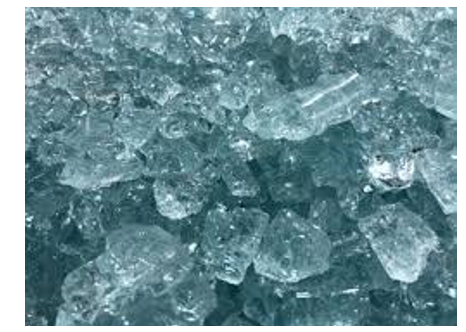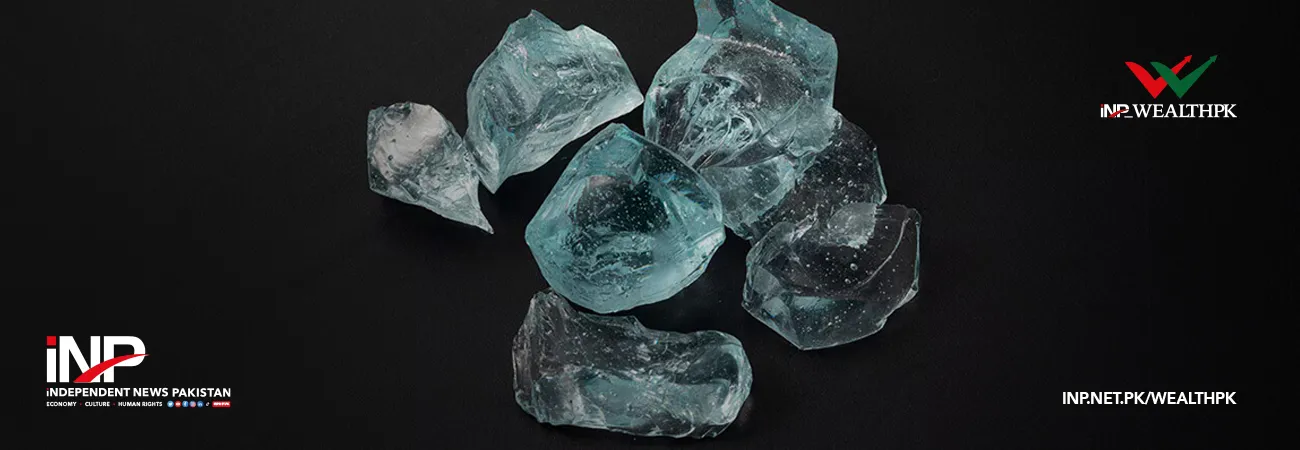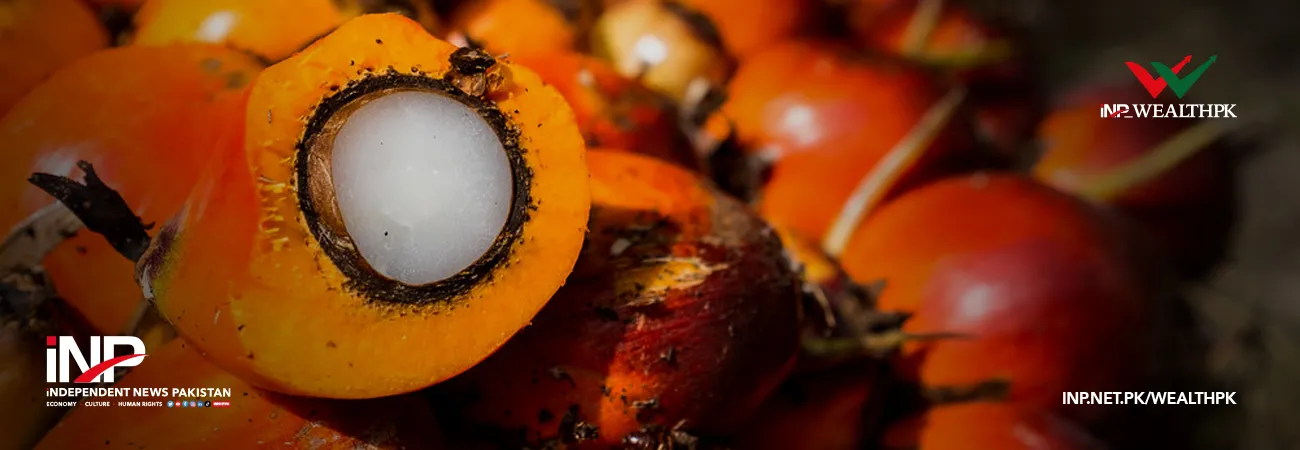INP-WealthPk
Faiza Tehseen

Pakistan imports bulks of sodium silicate despite having a huge potential for its production from both naturally occurring minerals and by-product raw material as the high cost of energy hinders its indigenous production, Dr Riffat Tahira, Principal Scientific Officer (PSO) at the National Agricultural Research Centre (NARC), told WealthPK. “It is expensive to extract sodium silicate from naturally occurring mineral sources and even more expensive to produce synthetically. For its manufacture, the temperature requirement is more than 1400°C. Maintaining such temperature consumes a lot of energy. That's why it is expensive to produce in Pakistan,” she said. The raw materials required for production of sodium silicate are comparatively cheaper in Pakistan. The basic raw materials are soda ash, silica sand, bleaching powder and packing material. By fulfilling the energy requirement through a cheaper source, its production can be feasible.
It will not only help cut the import bill but the production cost of different products based on it will also decrease. Dr. Riffat said it was one of the most demanding industrial ingredients for a variety of industrial produce. Mostly, sodium silicate is used to bond together glass or silicon oxide covered silicon wafers and to coat welding rods. It is a good binder, adhesive, and sizing agent. By indigenously producing sodium silicate, a new value chain will develop in the country, opening new portals of industrial upgradation, work, and business opportunities. Export of direct or value-added sodium silicate will also strengthen the state coffers. Talking to WealthPK about indigenous production of sodium silicate through the naturally occurring mineral sources, Chief Geologist of Balochistan-based Koh-e-Daleel Minerals (Pvt) Ltd Abdul Bashir said, “Sodium silicate minerals can occur in a wide range of igneous rock types including mafic rocks – basalt, gabbro and felsic rocks including granite and rhyolite.
All these formations abundantly occur in Pakistan but no effort has even been made for extraction of sodium silicate from them. In basaltic rocks, the quantity of sodium silicate is minimum but the felsic rocks are rich in it. It also occurs in Plagioclase”. He said, “Sodium silicate minerals can also be formed through evaporation of highly interstitial brines in near-surface horizons. Most common of them are magadiite, kenyaite, and kanemite. From all the said sources, sodium silicate can be extracted rather than synthesizing or preparing it synthetically. But the main cause is the lack of technology and power. Both are the necessary elements to extract ample amounts of sodium silicate. It must be focused in order to cut the import of such important industrial ingredients and promote the export of sodium silicate or its value-added products.” He said sodium silicate was produced in solid/ powdered and liquid forms. The liquid form is called water or liquid glass, widely used for industrial purposes.
As a low-cost multi-functional product, sodium silicates are used in a multitude of industrial products. They are used in soaps/detergents to control viscosity; paper making as a deinking agent; water treatment to avoid water discoloration, odour, and bad taste; construction materials to improve concrete compactness; textile industry for cleaning, wool scouring, bleaching, and dye fixation. Abdul Bashir said, “Sodium silicate is also used as a sealant, cement, binder, filler, adhesive, anti-corrosive agent, to manufacture silica gel and as cement in producing cardboard. It is used in oil fields as a silicate gel (a nonaqueous fluids) in drilling muds. Sodium silicate helps in fire proofing, wall coating, preservation of eggs, wood seasoning and acts as the alkaline buffering agent to stabilize reactive dyes. It is used as an anti-caking agent for edible salt. In plumbing systems, it acts as an anti-corrosive agent. It is important for the government to focus on low-cost power generation to produce sodium silicate and a lot of other industrially important ingredients, he added.
Talking to WealthPK, mining engineer Muhammad Yousaf said, “Mining raw materials used in the production of sodium silicate are mostly trona ore or quartz sand (mined or obtained as a by-product of any industrial processes). Sodium silicate also occurs naturally in some mineral deposits or mineral springs and is even commonly produced industrially. Unfortunately, expensive electricity makes its indigenous production difficult.” Globally, the sodium silicate market was valued at US$ 6.62 billion in 2023 and anticipated to grow to US$9.11 billion by the year 2032 at a compound annual growth rate (CAGR) of 3.6%. Pakistan must penetrate this profitable market by encouraging and subsidizing the manufacturers. Chepa electric power will also help in establishing sodium silicate production units.
Credit: INP-WealthPk













